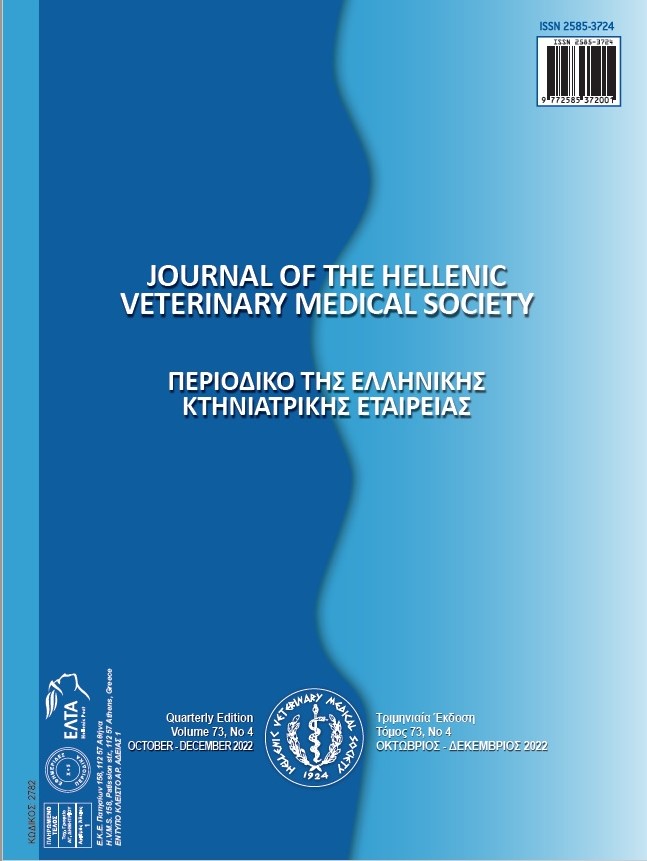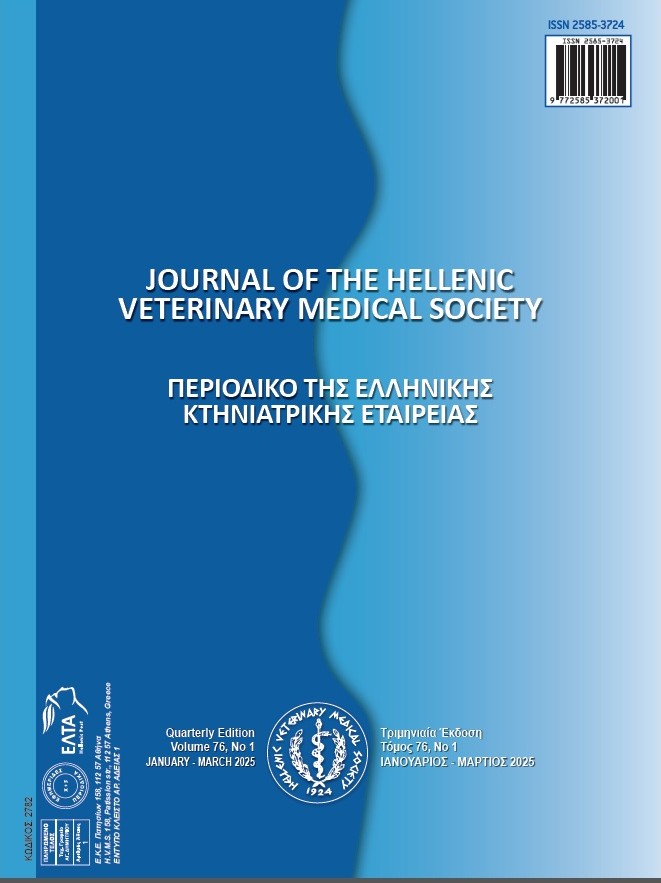Investigation of calpastatin (CAST) gene polymorphism in Norduz sheep by PCR-RFLP method
Résumé
The objective of this research was to determine polymorphism in the calpastatin (CAST) gene in a group of 102 Norduz sheep. Polymorphism was identified using the PCR-RFLP technique. The amplified PCR product with the length of 622 bp was digested with restriction enzymes MspI. It was found that the M and N alleles were present in CAST/MspI locus, their frequency being 78.43 and 21.57%, respectively. Homozygous for the M allele (MM) produced two bands of 336 and 286 bp. Three bands of sizes 622, 336 and 286 bp were seen in case of heterozygous genotype (MN), and homozygous for the N allele (NN) showed a 622 bp band only. The frequencies of homozygous MM, heterozygous MN and homozygous NN genotype were 64.7, 27.5 and 7.8%, respectively. The genotype frequency distributions were in Hardy-Weinberg Equilibrium. In conclusion, the current study is the first study on genotyping of the CAST gene in Norduz sheep. The CAST gene was polymorphic in Norduz sheep. In the CAST gene, the predominant allele in the population was M, with a frequency of 78.43%. The MM and MN genotypes represented 92.2% of the genotype frequencies. The MM genotype was the most common, and NN genotype had the lowest genotype frequency. These results also indicate that in order to be used the polymorphism in the exon 1C/1D region of the CAST gene as a biomarker in Norduz sheep, primarily, association studies with economic traits should be performed.
Article Details
- Comment citer
-
Yilmaz, O., Çak, B., & Demirel, A. (2024). Investigation of calpastatin (CAST) gene polymorphism in Norduz sheep by PCR-RFLP method. Journal of the Hellenic Veterinary Medical Society, 75(2), 7451–7456. https://doi.org/10.12681/jhvms.34752
- Numéro
- Vol. 75 No 2 (2024)
- Rubrique
- Research Articles

Ce travail est disponible sous licence Creative Commons Attribution - Pas d’Utilisation Commerciale 4.0 International.
Authors who publish with this journal agree to the following terms:
· Authors retain copyright and grant the journal right of first publication with the work simultaneously licensed under a Creative Commons Attribution Non-Commercial License that allows others to share the work with an acknowledgement of the work's authorship and initial publication in this journal.
· Authors are able to enter into separate, additional contractual arrangements for the non-exclusive distribution of the journal's published version of the work (e.g. post it to an institutional repository or publish it in a book), with an acknowledgement of its initial publication in this journal.
· Authors are permitted and encouraged to post their work online (preferably in institutional repositories or on their website) prior to and during the submission process, as it can lead to productive exchanges, as well as earlier and greater citation of published work.






